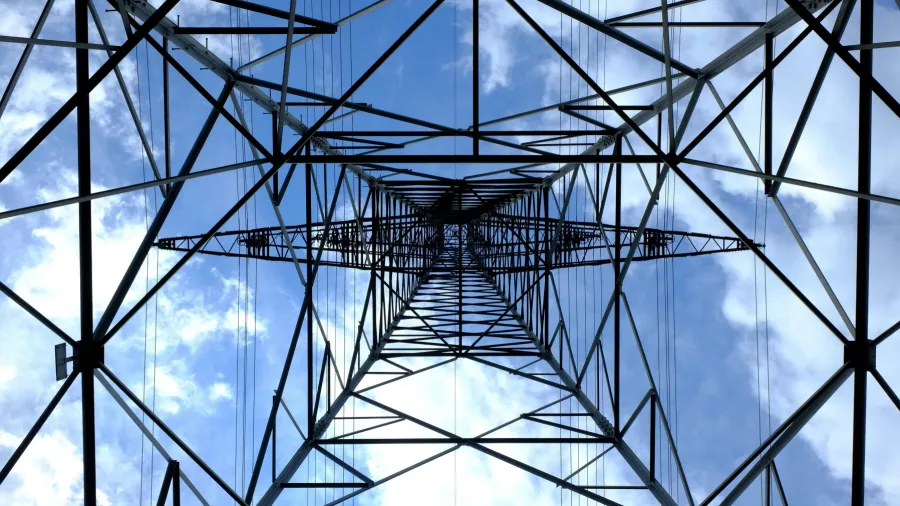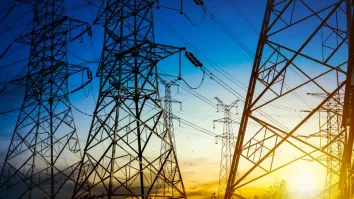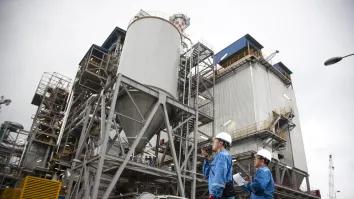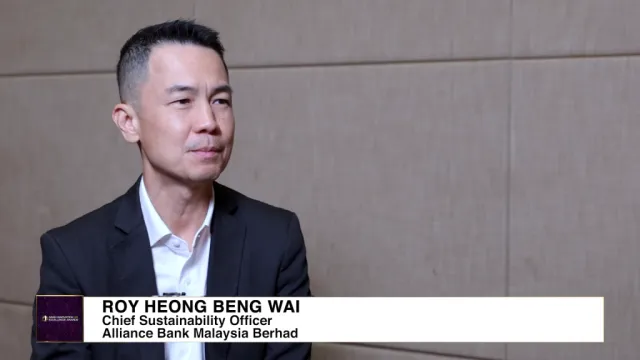
How Thailand can save $1.8b in power generation costs
Additional solar and battery capacity will help reduce natural gas and coal use.
Thailand stands to save $1.8b in power generation costs between 2026 and 2037 by adding more solar and battery storage than its current draft revised Power Development Plan (RPDP) targets.
In a new analysis, Ember said “that adding 89% more solar capacity and 60% more battery storage capacity by 2037 than the RPDP targets will help achieve savings, avoid excess new fossil fuel-fired capacity, enhance energy security and attract investments.”
The RPDP targets 36 gigawatts (GW) of solar and 10.5 GW of battery storage capacity by 2037.
Under its proposal, Ember suggests adding a total of 32 GW of solar and 6 GW/15 gigawatt-hours of battery storage beyond the plan’s targets and reducing a net 2 GW of new gas-fired capacity.
The cost savings primarily come from 11% lower natural gas use and 2.4 million tonnes of avoided coal use.
The cost-optimal pathway’s total fixed expenditure from 2024 to 2037 is higher, $168b compared to the RPDP’s $153b. However, the avoided fossil fuel use help save nearly $16b over the same period compared to the RPDP’s trajectory.
“As a result, Thailand’s net power generation cost savings are $1.8b in the cost-optimal pathway, including $0.8b of savings in variable operation and maintenance costs,” Ember said.
Thee model prioritised solar and battery deployment as the cost-optimal pathway, due to limited wind potential in the country. However, the complementary effect of wind and solar is worth considering, given the intermittent nature of solar.
“The energy transition of Thailand towards home-grown renewables could lower energy costs, cut emissions, and strengthen energy security by mitigating dependence on fossil fuel imports”, said Lam Pham, the report’s author and energy Analyst - Asia at Ember.

















 Advertise
Advertise







